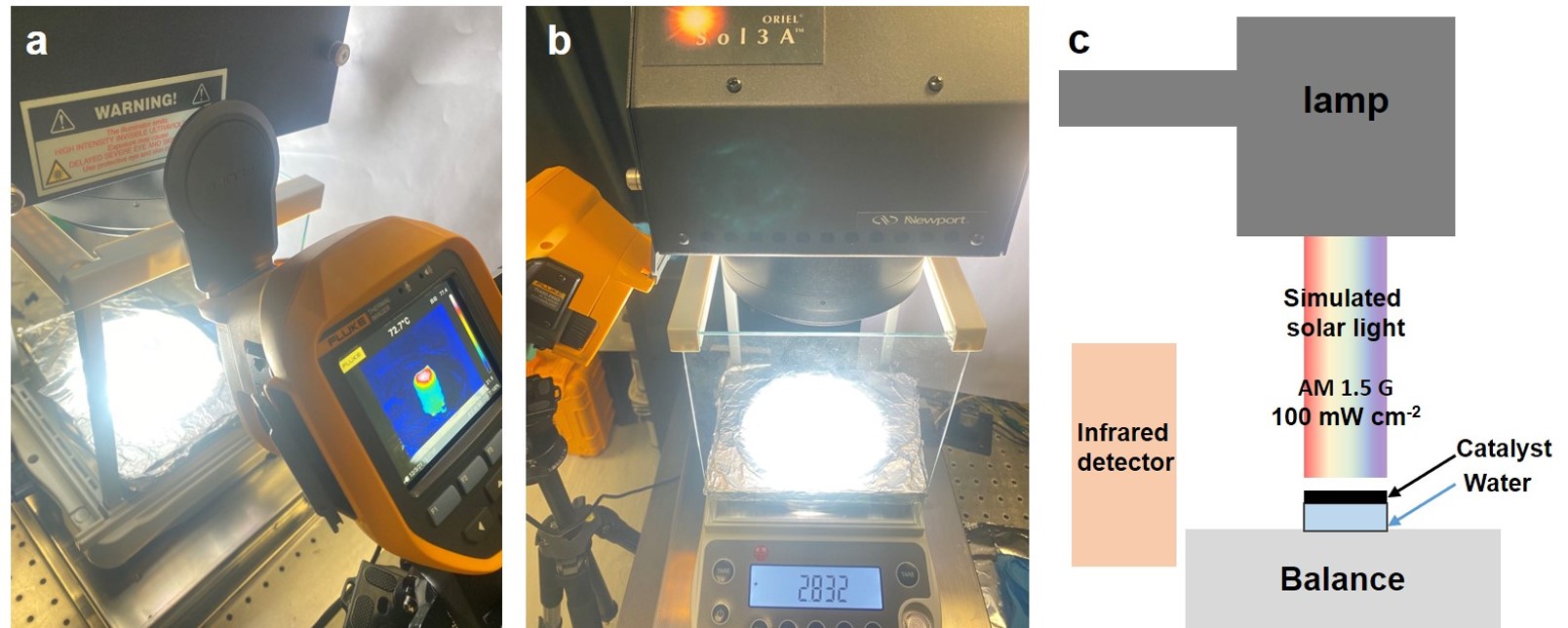
Opportunity
Utilization of carbon-rich fossil fuels (e.g., coal, oil, and natural gas) in our society has led to a significant increase in CO2 emissions, resulting in the climate changes due to the ‘‘greenhouse effect’’. Different government policy and clean energy technologies have been introduced to address the increasingly serious energy and environmental issues. Diversification of energy sources and development of alternatives to fossil fuels such as hydrogen-powered and electric vehicles are not only highly desirable, but some of them are currently technologically feasible and cost-competitive in different countries. Lately, there is a new concept, known as hydrogen economy, which utilizes hydrogen, generated by renewable energies, as high-density energy carriers instead of electricity. This way, instead of the centralized generation of hydrogen at power plants, hydrogen fuels can be produced on-demand on the spot for the delocalized energy generation by different schemes without using any energy storage technologies, power grid and transportation systems.
Technology
This technology aims for the efficient and delocalized generation of energy resources to achieve the cost-effective distributed renewable energy utilization. In specific, the surface of large-size 3D porous micro-nanostructure (e.g., nickel foam, carbon cloth) is engineered to reach a dual function: (i) solar-driven evaporation of seawater to freshwater and (ii) solar-driven electrocatalytic hydrogen production from the pre-evaporated seawater, which can enable the large-scale deployment for eco-friendly and low-cost solar-driven hydrogen fuel production from local seawater as an alternative clean energy carrier. Since there is not be any electricity grid system involved, there would not be any grid related problems encountered in the distribution of this renewable energy. This way, the hydrogen fuel can be generated on-demand in the local regions when it is needed, while there is no need to have a centralized generation as well as a large-scale storage and transportation of hydrogen fuels.
Advantages
- On-demand generation of large-scale and low-cost hydrogen fuels
- Multi-functionality and high-performance of micro-nanostructure electrocatalysts
- Solar-driven (e.g., photovoltaic and photothermal) water splitting
Applications
- Water splitting
- Hydrogen fuel generation
2. 3rd Asia Exhibition of Innovations & Inventions Hong Kong (AEII) (2023) - Silver Award







